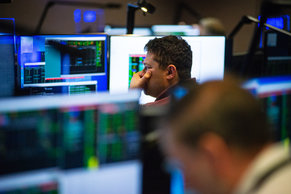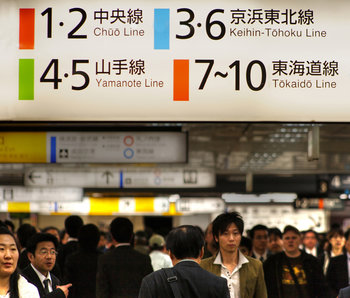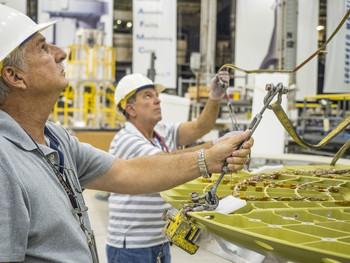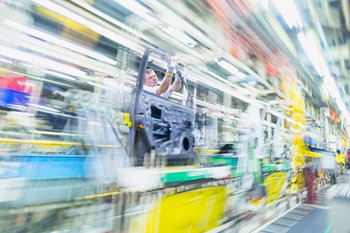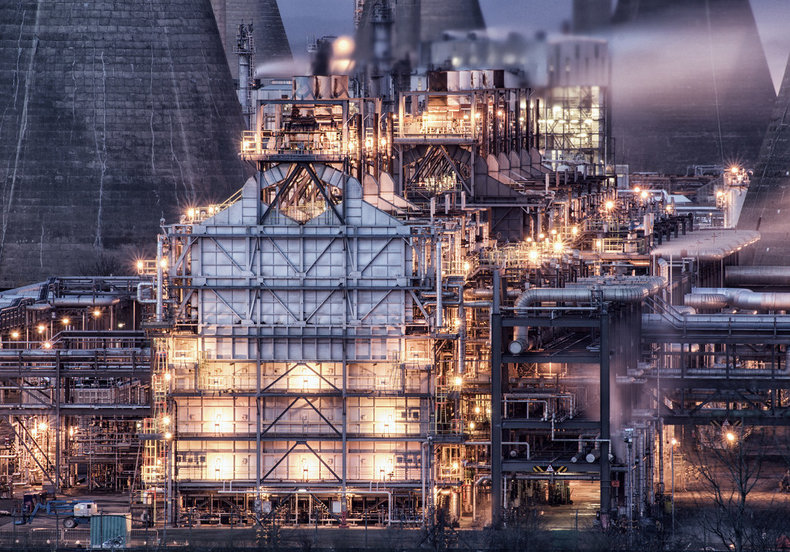
Manufacturing
An industrial economy is centered around the production of physical goods such as chemicals, transportation equipment, electronics, machinery and consumer products. This tends to produce economic bads such as pollution.Construction
It is common for industrial economies to develop infrastructure as a path to economic growth such that construction activity can be quite high. In some cases, governments may use infrastructure projects to prop-up economic growth in a downturn such that infrastructure may be overbuilt in an inefficient manner.Heavy Industry
Heavy industry is the production of things that are literally heavy such as a ship or spacecraft. This also includes heavy construction such as building a bridge.Logistics
The manufacturing industry requires logistics to obtain raw materials and deliver finished goods. Likewise, construction and heavy industry require large amounts of raw materials. As such, an industrial economy requires extensive logistics capabilities and transportation infrastructure such as ports.Consumer Economy
Manufacturing produces finished goods for businesses and consumers. Of these, consumer goods represents the far larger market. Manufacturers in an industrial economy compete to meet every consumer need and to reach consumers with advertising, branding and promotion. This is known as the consumer economy.Advanced Manufacturing
Manufacturing of complex things such as semiconductors and pharmaceuticals. Advanced manufacturing also includes capabilities such as customization of products at the unit level for individual orders. This is known as mass customization.Dematerialization
Dematerialization is the observation that physical things represent a smaller and smaller portion of economic production over time. This is due to products becoming smaller, lighter and more efficient. Dematerialization is also due to things like intellectual property, knowledge, education, health, design, services, software, games and entertainment that have little physical presence that have grown in economic importance. This trend is likely to continue to the point that manufacturing is a relatively small industry. For example, one can imagine a future where nanobots assemble products in your home such that you only pay for materials and designs thus cutting out the manufacturer.Notes
The industrial economy is also known as the secondary sector of the economy.At present, China, Japan, Germany, South Korea, Indonesia and Poland all have a manufacturing sector that represents 20% of GDP or greater. These can be viewed as industrial economies.| Overview: Industrial Economy | ||
Type | ||
Definition | An economy that is centered around the production of tangible finished goods and infrastructure. | |
Related Concepts | ||







